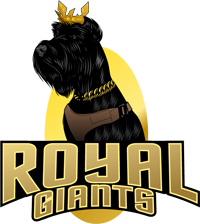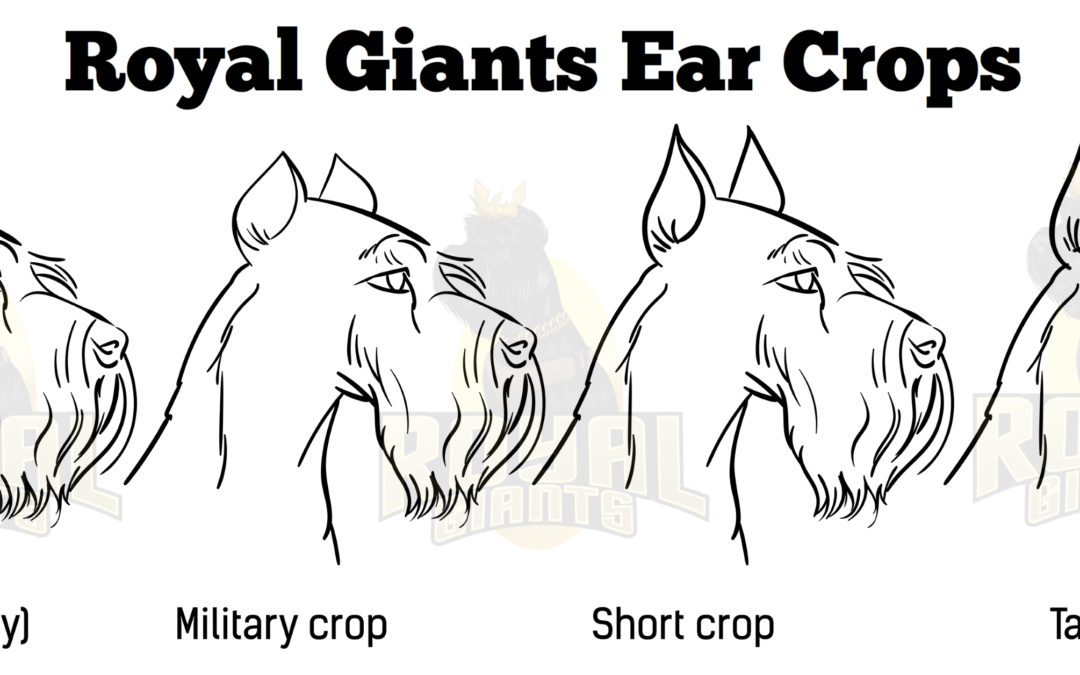Despite preconceptions, cropping the ears of a dog is less about aesthetics and more about correcting human error. Human intervention, and the constant cross breeding of man’s best friend has lead to Domestication Syndrome; essentially breeding out naturally occurring, and necessary facets of a dog’s anatomy.
One has to consider that flopped ears do not predominantly, naturally occur in nature (at least not in the nature of a dog’s ancestry). Wolves, coyotes, foxes, dogs and bears all benefit from upright ears for hygienic, expressive and efficient reasons.
1. Hygiene – Flopped ears beget a collection of moisture and grime. One will have to clean and dry the ears 2-3 times a week, and that still won’t stop your dog from itching and pawing at his/her irritation.
2. Efficiency – Simply, your dog will hear better with the ears nature intended them to have. They are also less vulnerable to an offender grabbing them by said ears during a moment of crisis – this, as well as infection, were very relevant during trench battles in the second World War.
3. Relationship – Expressive ears on a dog are as distinct as human eyebrows. You will enrich your relationship with your dog by knowing what they’re communicating (eg. Airplane ears, affection; upright, alert; etc). You can even determine where a point of interest may be when your alert companion rotates or points a single ear.
Cropping their ears allows them to reach their full potential without obstruction or obstacle.
The process is done to a young pup quickly while they are put under. Their behavior and personality don’t change, and our kennel opts out of giving them needless pain drugs.
Tails can be kept long, with fewer issues, if the dog is an outdoor dog. That being said, Giant Schnauzers are passionate and emotionally devoted; they are a sensitive and loving breed – you’ll likely have them traverse in and out – we would never recommend keeping them outside, nor keeping the tail long.
The tail is an extended spinal cord and liability to their well-being. Whether the dog is excited, in heat, under stimulated, or experiencing “Happy Tail” – there is more than a 50% chance of them breaking it. It moves powerfully, and will often smack tiled floor; sharp fencing, walls, etc. It can be slammed in a door, stepped on, and snagged. Lacerations (exposing muscle and bone), fractures to the spine, infections, and neurological damage are all possibilities with such a liability.
The numerous, and likely injuries to the tail of a domesticated Giant Schnauzer can lead to more
serious, and more expensive conditions nobody wants to deal with. Nerve damage can effect the ecosystem of the dog’s functions (digestion, sensation, etc), and enough fracturing and frequent breakage can lead to amputation.
The average dog owner, uneducated but full of love for animals, will understandably judge and
preconceive notions about cropping ears and tails. Giant Schnauzers are an undiscovered gem and are not your average dog, and owners of such must be more educated to rise to the occasion. In actuality, these seemingly aesthetic procedures are preemptive measures to give your dog the best fulfilling life that they deserve.


Recent Comments